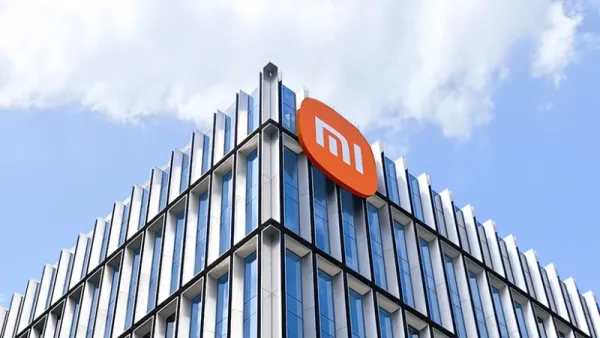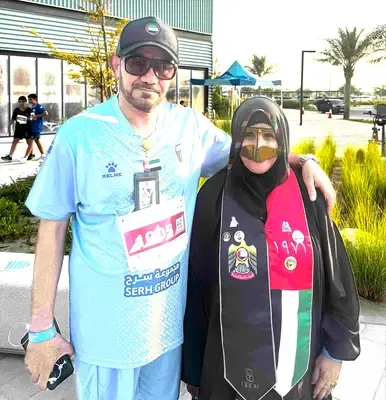
Highlights
- Xiaomi’s new device (model 25128PNA1C) passes China’s radio approval, sparking talk of a Mi 17 Ultra launch.
- Supports Tiantong-1 satellite calls, Beidou satellite messaging, and UWB connectivity.
- Expected arrival: December 2025.
- Promises global communication power, but what does it mean for Indian users and markets?
- Could this mark the start of India’s satellite-ready smartphone era?
When Mobile Signal Lets You Down
Every Indian has lived that dreaded moment when you end up staring at the screen as “No Service” mocks you. Maybe it’s in the middle of a long train ride, or when you’re trying to send a UPI payment that won’t go through. Sometimes it’s that one crucial work call that drops right when you finally get a signal bar.
So when news broke that Xiaomi might launch a phone capable of making satellite calls, the idea hit home. A phone that could connect even when towers give up? For a generation living on patchy 4G and half-baked 5G, it sounds less like a feature and more like freedom.
But as with all kinds of freedom, there’s always a catch: who really gets to enjoy it, and how much will it cost?
A Signal from Space: The Promise of Mi 17 Ultra
Xiaomi’s rumored Mi 17 Ultra is no ordinary flagship. Certified in China, it’s built to communicate through Tiantong-1 satellites for voice calls and Beidou satellites for text messaging. These features are usually reserved for defense or high-end industrial devices.
Add Ultra-Wideband (UWB) for precision device tracking, and you’ve got a smartphone that literally redefines “always connected.” For India, a country prone to natural disasters and vast rural areas, this could mean life-saving communication even in places where 5G can’t reach.
Yet the optimism hides a question: if the tech exists, will the Indian users actually get to use it?
Regulations, Reach, and the Indian Reality
Here’s the catch. Satellite services like Tiantong-1 and Beidou are Chinese networks. For them to work in India, Xiaomi would need government partnerships and licensing from ISRO or BSNL’s satellite division.
Without those approvals, Indian versions of the phone might ship with the hardware disabled, like Apple’s satellite SOS, which still doesn’t work here.
So while Chinese consumers might start calling from mountaintops, Indian buyers could end up paying for features stuck behind regulations.
That’s where Xiaomi faces its biggest challenge: turning imported innovation into localized functionality.
From Luxury Tech to Local Utility
But Xiaomi has played this game before. It entered India as the “affordable flagship” brand that democratized premium tech —like 4 GB RAM phones, AI cameras, and 120 Hz screens —long before others did.
If the company can partner locally and adapt satellite tech for Indian networks, the Mi 17 Ultra could evolve from an elite gadget into an accurate connectivity tool.
Think of emergency responders in Uttarakhand, field researchers in Ladakh, or coastal fishermen. For them, it could mean life or death.
And if Xiaomi manages to make that accessible, it could rewrite its identity in India’s saturated smartphone market.
Price Pressure: The Generation That Built Xiaomi
Still, accessibility has a price. The Ultra line traditionally costs between ₹90,000 and ₹1.1 lakh, before taxes.
For a country like India, where ₹25,000-₹30,000 remains the psychological ceiling for most buyers, that was steep. The very young crowd that made Xiaomi popular in India might now find themselves priced out.
That leads to the following question: Will the Mi 17 Ultra be another tech gimmick for the elite, or will its features make their way down to mid-range phones actually used in India?
The Ripple Effect: Trickle-Down Tech
Well, history says yes. AI photography, wireless charging, and 120 Hz refresh rates were first Ultra-only luxuries before making their way to the Redmi and Poco lines.
The same might apply to satellite connectivity. Within two to three years, we might see budget phones using local satellite networks for emergency texts or disaster alerts.
That’s when the impact will be real, not when a few YouTubers review the Mi 17 Ultra, but when a farmer in Nagaland can send a message to his son studying in the city, or a student in Ladakh stays online at their convenience.

Where It Stands Among Rivals
In global comparison, Xiaomi’s approach is bold.
- Apple’s iPhone 16 Pro offers emergency SOS but no voice calls.
- Huawei Mate 70 Pro+ supports Beidou messaging, not Tiantong calls.
- Samsung S24 Ultra still relies on ground networks.
If Xiaomi can enable both calling and messaging satellites, it could out-innovate the giants, provided the Indian variant isn’t restricted.
That could restore Xiaomi’s fading premium reputation and challenge OnePlus Open and Samsung Ultra dominance among India’s tech-savvy youth.
Pros & Cons
| Pros | Cons |
| Potential for off-grid communication and disaster resilience | Satellite features may stay disabled in India |
| UWB opens doors for smart-home and IoT precision | High cost alienates Xiaomi’s core Indian audience |
| Revives Xiaomi’s premium image with real innovation | Battery and regulatory hurdles |
| Regulatory approvals are needed in India for full functionality | Practical benefits are limited to a few professions |
| Supports GSM/WCDMA/TD-LTE/LTE FDD/5G/WLAN (WAPI)/Bluetooth/Tiantong-1 satellite communication/Beidou messaging/UWB | Regulatory approvals needed in India for full functionality |
| Certified under MIIT Directive (2021) No. 129; spurious emission limits follow China’s radio regulations | Complex frequency range and high transmit power may limit Indian usability initially |
Conclusion
The Xiaomi Mi 17 Ultra signifies a shift in smartphone potential in India, even though it is not a mass-market product. In addition to its features and capabilities, it can provide a reliable connection in areas where networks still encounter problems.
With MIIT approval, 25128PNA1C complies with multiple Chinese frequency bands, satellite uplink ranges, and UWB standards- demonstrating global readiness, though Indian users will need regulatory clearance to access satellite features.
For the time being, it is aspirational; it is like a preview of technology that could eventually bridge gaps for people living in remote or impoverished areas. Xiaomi’s actual impact will depend on its capacity to make these capabilities accessible, applicable to average customers, and legal in the community.
Even modest moves toward continuous communication have a significant impact in a nation where being connected is becoming increasingly crucial.
-
From Misbehaviour To Missing Stepney: 68 Ways To Attract Traffic Fine

-
Strictly's sky-high costs exposed - from 500 dazzling costumes to new BBC chaperones

-
UAE: How Masters Games will promote family bonding, social inclusion

-
CM Majhi To Be Chief Guest, Waheeda Rehman Guest Of Honour At Opening Of Film Preservation & Restoration Workshop

-
Strictly Stefan Dennis' secret health emergency as wife reveals hospital dash
